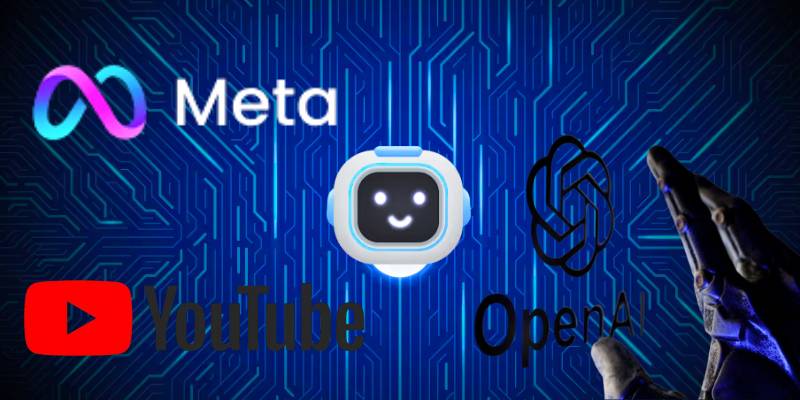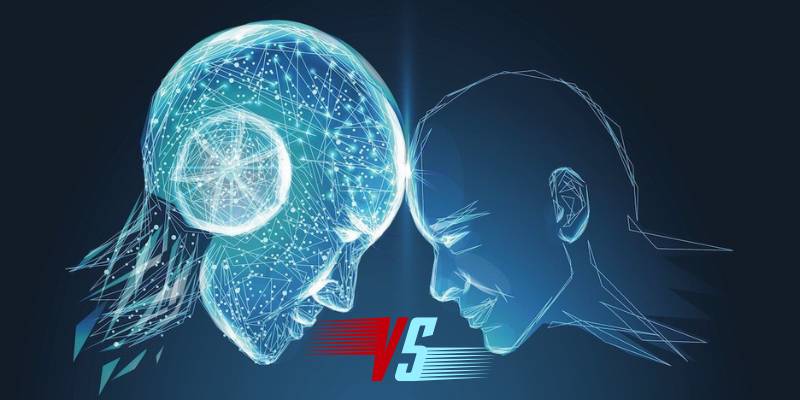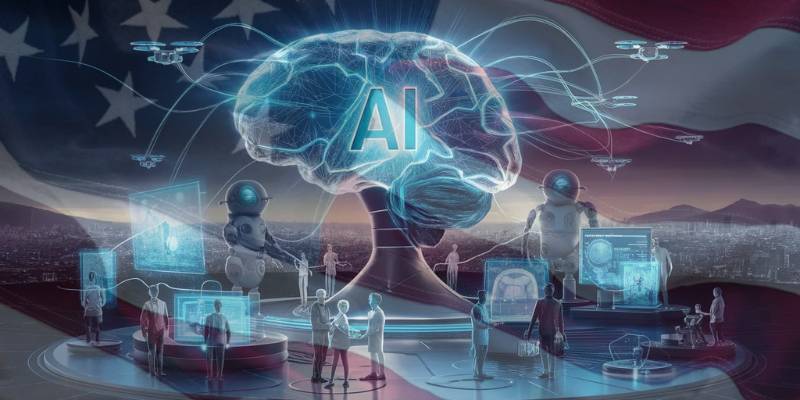OpenAI has quietly begun pushing a new frontier: turn-based chat is nice, but video is where the real stake might lie.
The company’s recent launch of Sora, an AI-powered video social app letting users insert themselves (or friends) into AI-generated short clips, is signaling a shift in how we’ll experience generative content going forward. It’s not just about text anymore.
Right now, OpenAI is basically entering enemy territory — TikTok, Instagram, YouTube — not as a polite guest, but as a challenger.
Interestingly, YouTube is already layering in more AI features into its short-form video feed, while Meta has rolled out a new feed composed entirely of user-generated AI video clips. The arms race in creative media is clearly on.
Unlike the old “free service + ads” model, OpenAI insists it’s not optimizing for the time users stay hooked. Its current pitch? You pay for video generation.
But here’s the catch: that monetization path may run into pressure very soon, given how expensive it is to fuel large AI models at scale, especially when the public expects “free” things.
Behind the scenes, OpenAI’s hire of former Meta exec Fidji Simo hints at just how serious they are about taking on consumer app positioning.
The company describes Sora as perhaps the “GPT-3.5 moment for video” — that inflection point where video becomes inseparable from everyday app use.
It’s worth pausing: what does this all mean for content creators, audiences, and the platforms we already use? Some observations:
- Blurring the boundary between creator and content: With tools like Sora, generating a short video becomes less about filming and more about prompting. That can empower people who don’t own fancy gear—but it also raises questions of authenticity, attribution, and creative ownership.
- Adversarial innovation: Big platforms are responding. Meta, YouTube, TikTok will likely counter with features or tighter integration so that users don’t have to leave. The advantage might go to whoever can weave AI seamlessly into existing social networks.
- Monetization pressure: Charging per video generation is a steep ask at scale. If users balk or revert to “free but ad-driven” options, OpenAI may be forced to revisit its stance. Historically, sustaining novel business models in mass consumer markets is a tough nut to crack.
- Trust, ethics & regulation creeping back in: As AI-generated video becomes mainstream, expect renewed tension over deepfakes, privacy, consent, licensing of face/voice likenesses, synthetic media regulation, and platform responsibility.
- Open question: Is this a new generation issue — or just a veneer over existing apps? Many users may never switch apps; instead they’ll experience AI enhancements in familiar environments. The battle could end up being about who owns the interface, not entirely new platforms.
From where I sit, this pivot into AI video feels overdue. We’ve been living through a language model renaissance; now the machinery is turning toward visual & embodied forms.
But hype is easy—execution is always the test. If OpenAI, Meta, YouTube don’t nail latency, quality, user experience, or fair creator economics, they risk building castles in the air.


